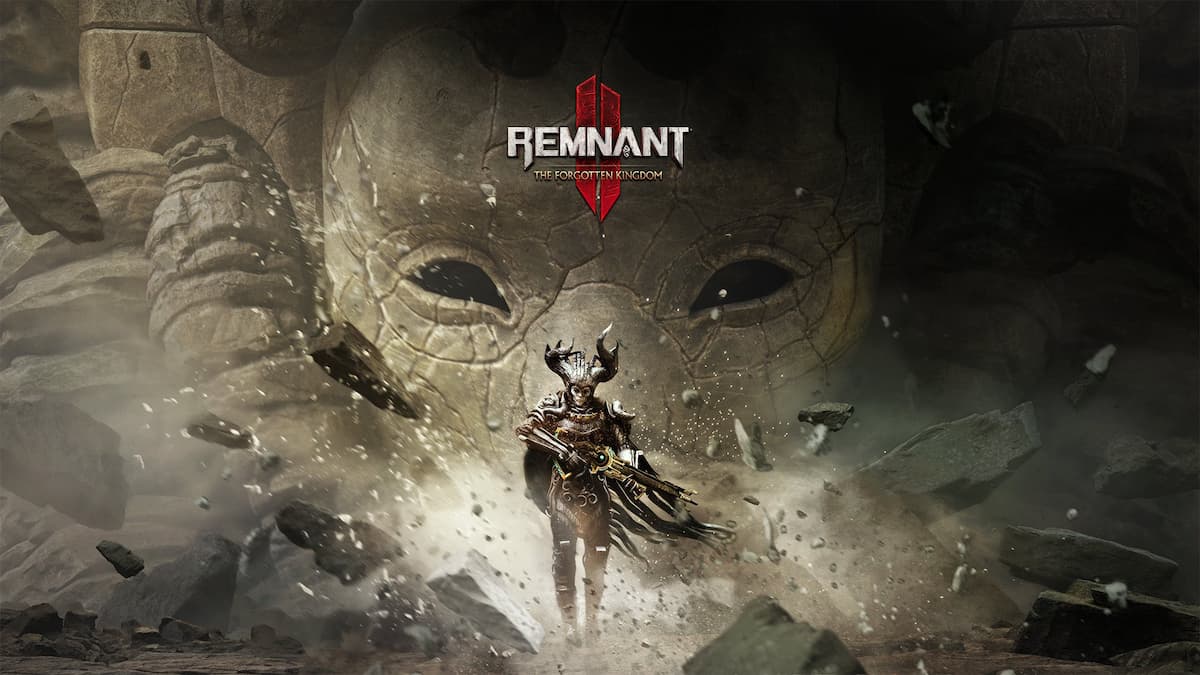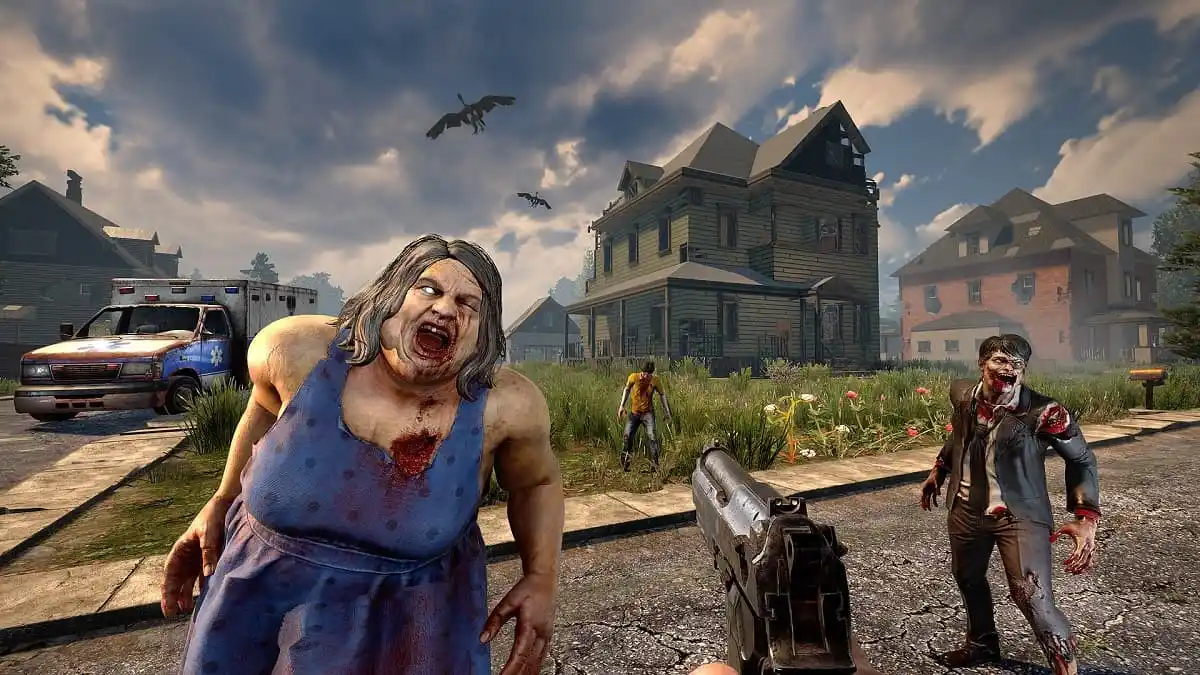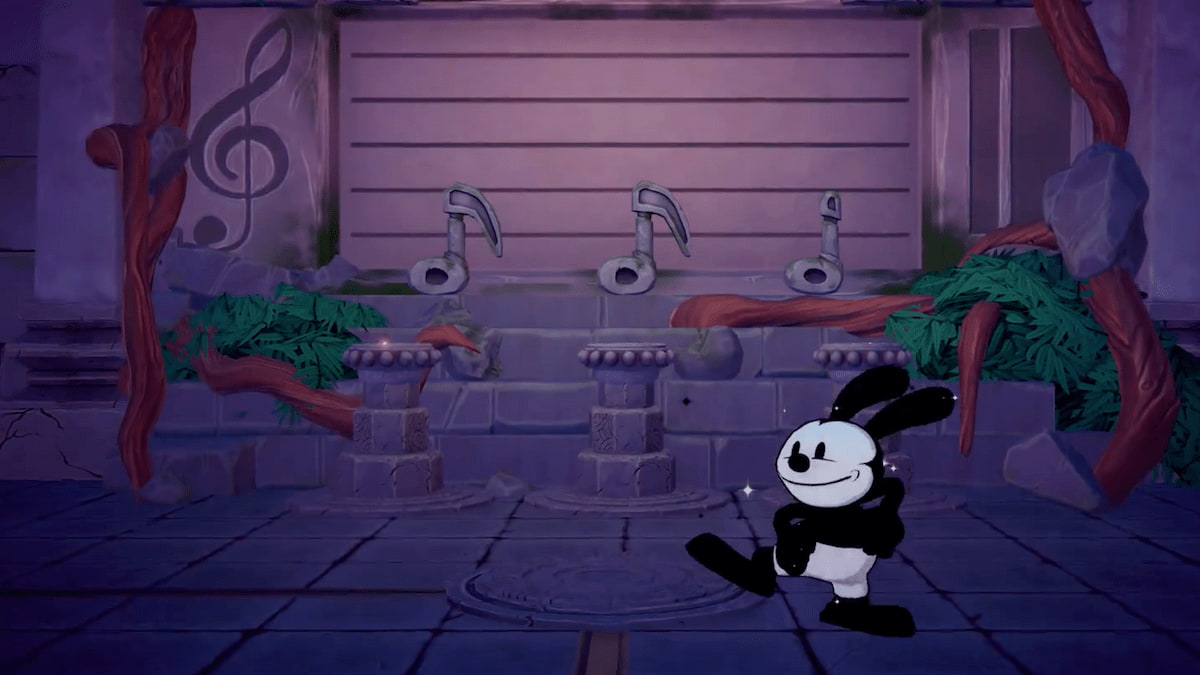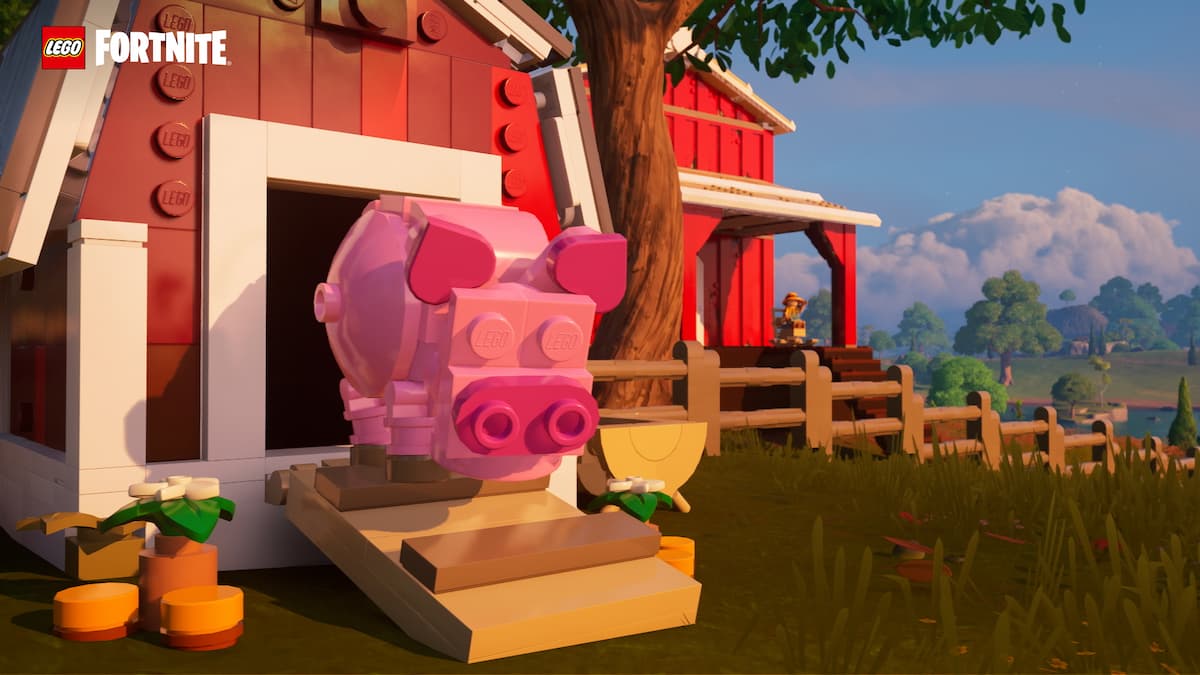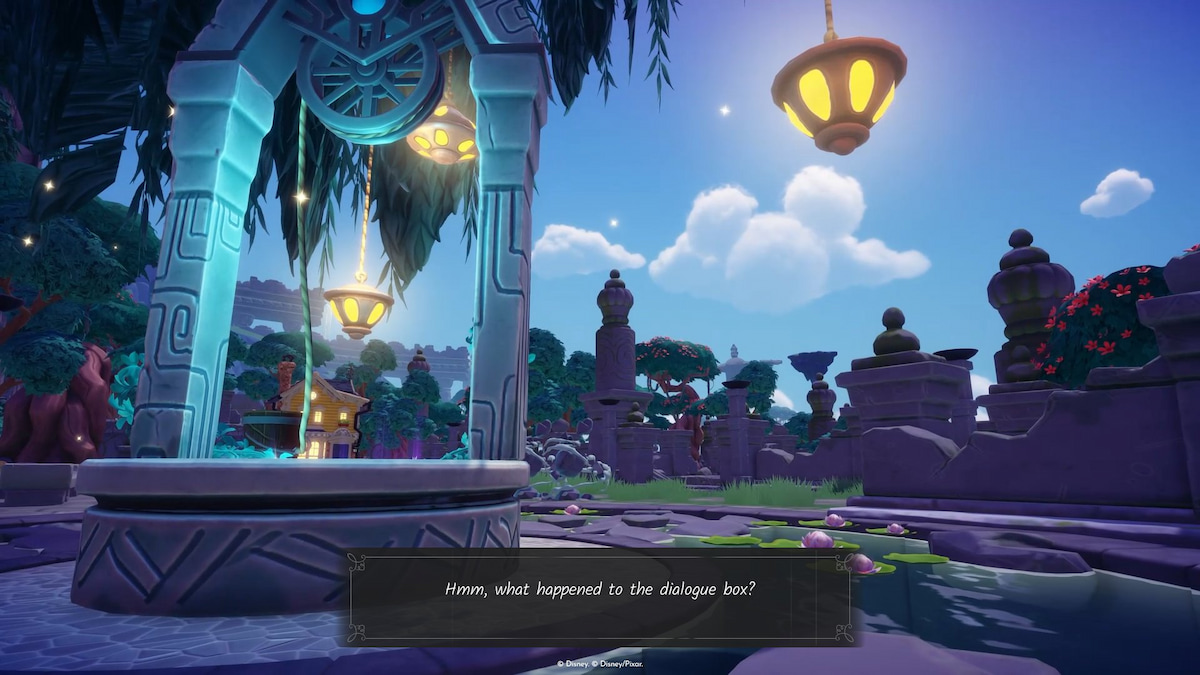“You can’t come to Tibbers’ tea party, ha!”
The first time I played League of Legends, I was with friends and/or people who didn’t mind that I’d never played a DOTA-style game in my life.
The second time I played League of Legends, someone told me to suck giant goblin dick.
There wasn’t really a third time after that. Not because I can’t take criticism because heaven knows, nobody’s better at pointing out my derpy than me. But if a game doesn’t grip me right away, and the other players can’t let go of their e-peen long enough to remember they’re still level 2 and playing against bots, it all just runs to flashy color on the screen. I’ve got other games sitting on the backlog.
This is not to say that I don’t have a crazy amount of respect for Riot Games. Ever since their efforts in releasing a Colorblind Mode, I have been increasingly impressed with their new and innovative ways to deal with community issues and continuously improve.
The latest in a string of improvements is Riot Games’ unique approach to dealing with bad behavior and toxic players. They could be like everyone else and simply issue a ban on bullying players. With 12 million daily players and 32 million active monthly players as of late 2012, they can certainly afford to do so.
But Beck and Merrill, the founders of Riot Games and League of Legends decided this simply wasn’t good enough and took to science, generating a solution that helps put the players squarely involved in the judicial process, which they hope to pass on to others in the video game industry.
And according to Jeffrey Lin, one of the founding members of Riot’s player behavior team:
“We’ve long realized that this isn’t necessarily a problem with online games and League of Legends only. It’s gamers in general and online societies in general. It’s more than just Riot jumping in and solving this problem. We need the players to be involved. They need to be a part of the solution [and] other studios have to get in and be involved as well.”
(Lin has a PhD in Cognitive Neuroscience, and worked previously with experimental psychologist Mike Ambider at Valve on the biofeedback experiments.)
Thus began a formal player behavior initiative that conducts controlled experiments on its player base to see what helps reduce bad behavior. Lectures on the process have been given at the Massachusetts Institute of Technology and on panels at the Penny Arcade Expo East and the Game Developers Conference.
The Tribunal
In May of 2011, Riot introduced “the Tribunal” to League of Legends, a community-based court system where the defendants are players with a large number of reports filed against them by other players. League players can log in to the Tribunal, view the cases and evidence collected, then pass judgment. From this, Riot learned that the community wasn’t just unwilling to put up with toxic behavior, they were willing to actively take part in addressing it.
The company has since furthered this initiative by conducting experiments on the player base. Before these could go forward however, a baseline needed to be created to see what constituted as bad behavior in the player chatrooms. Thousands of chat logs were hand-coded to designate each line as positive, neutral, or negative. From there, experiments with the cross-team chat were conducted, so that players could still turn the feature on, but they had actively go into settings to do so. In comparing the quality of the chat log from the week before to the week after the switch, a 30% change from negative to positive responses were found, though overall use of the feature stayed relatively the same.
Another experiment added “Reform Cards” to the Tribunal system. Before, the Tribunal bans of various lengths were issued to players, but the banned player wouldn’t know why. Reform Cards show the punished players the same information presented in their Tribunal case along with the statistics of consensus from the player judges on the recommended punishment.
Most of the other experiments conducted all revolve around the Tribunal system: the inclusion of public “Justice Reviews” profile page that shows personal judging metrics and which increased active Tribunal judges by 100%; an Honor Initiative that recognizes helpfulness and good sportsmanship; and the ability for players to enact some punishments directly without staffer involvement. However, the most radical one yet is based on the psychological principle of priming; to gauge the effects of in-game and loadscreen tips on player behavior.
Future initiatives are likely to involve experimenting with match chemistry. Using the results of these initiatives, Riot is trying to pinpoint enough information to help influence player behavior in a positive manner.
So, Valve is trying to make games that can sense your fear. And now Riot is learning how to make you think the way they want them to. Who said video games didn’t go deep?



